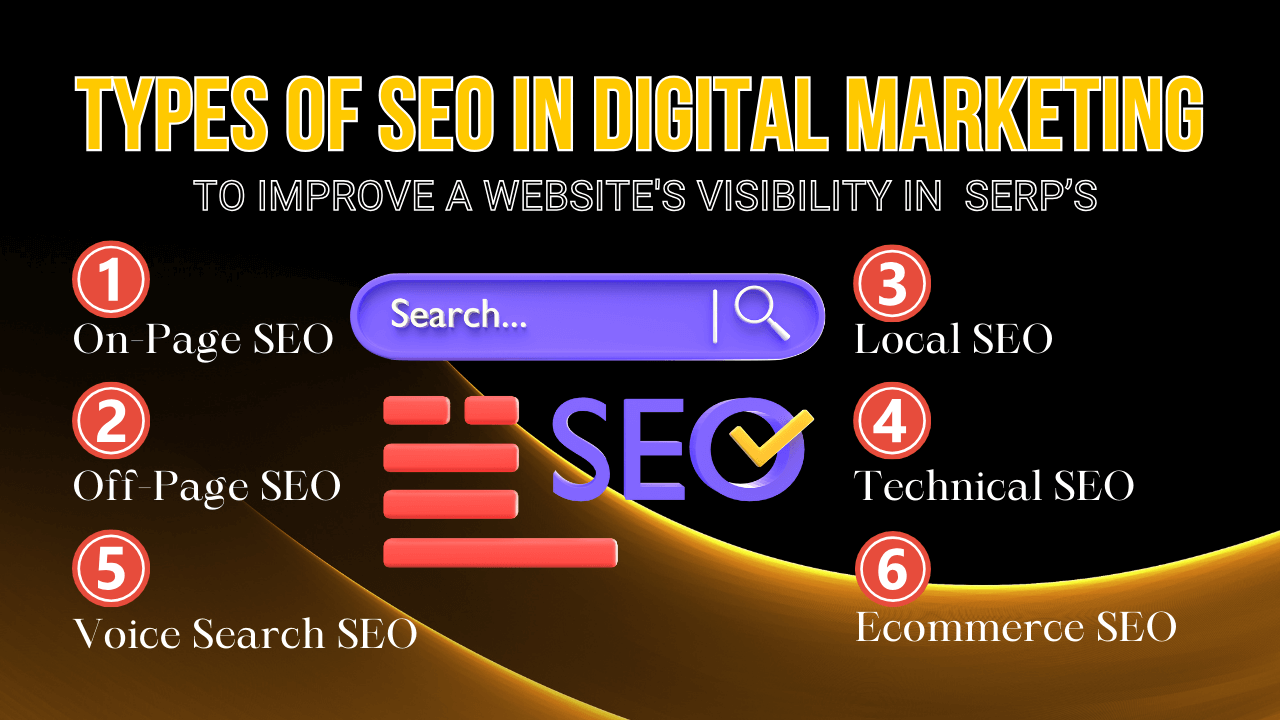Top 10 AI Marketing Apps & Benefits – Power of Artificial Intelligence
2 years agoSEO vs AEO | SEO Is No Longer Enough: Rise of AEO & Future of Search
11 months ago -
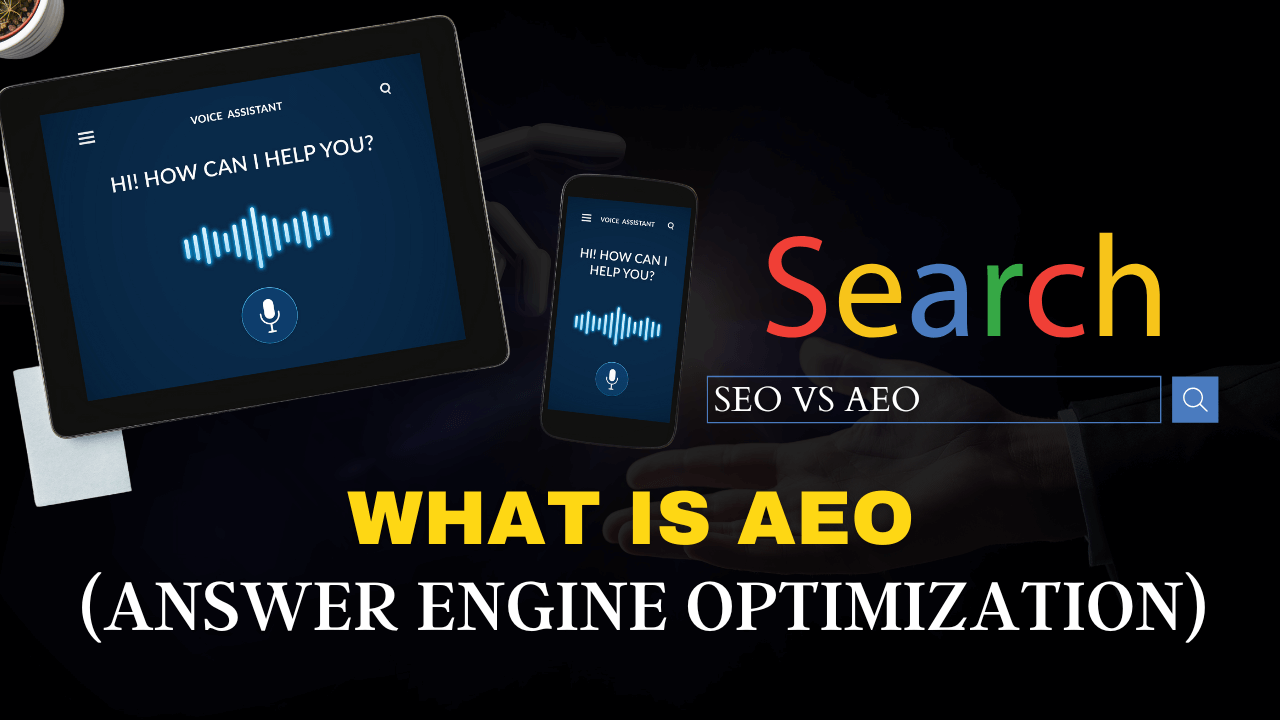
If you’re on this page, it means you already have an idea about SEO. Now, can you tell me what AEO is and the differences between SEO vs AEO? Imagine you’re running a small MoMo cafe in your town. You make the delicious MoMo, and the smell of MoMo flows down the street. But how do people find your cafe? In the digital world, the answer lies in SEO (Search Engine Optimization) and AEO (Answer Engine Optimization). It’s kind of like choosing between handing out flyers or having a friendly neighbor tell everyone, “Hey, go to that momo restaurant!”
The Harsh Truth About SEO vs AEO: Adapt or Get Left Behind in the Future of Search. Let’s explore what AEO is, the differences between SEO vs AEO, and why they matter.
Table of Contents
SEO: The Old Search Engine Method
SEO’s are like planting seeds in a garden. You spot your keywords, water them with content, and wait for Google to grow your website up the rankings. Over time, your business shows up on the first page (if you’re lucky). But what is SEO, exactly?
SEO helps websites to rank higher on traditional search engines like Google. The goal is to attract organic traffic by improving factors such as:
- Keywords and content quality
- Page load speed
- Backlinks
- Mobile-friendliness
- Meta tags and structured data
Goal: Get higher rankings in search results to drive more visitors to your website.
Making Friends With Search Engines
Think of SEO as talking to Google in its language. Keywords are the vocabulary. Links are the handshake. When your website is “optimized,” search engines smile at you.
For example, if someone types, “Best MoMo cafe near me,” SEO ensures your restaurant pops up.
SEO Strategy
On-Page SEO: This is about making your website readable, like arranging your momo neatly on the shelf. Keywords, titles, and headers? They’re your golden ticket.
Off-Page SEO: Backlinks, social media, and guest posts are like word-of-mouth marketing.
Technical SEO: Think of this as cleaning your kitchen so inspectors (search engines) are happy. SEO is tried and tested. But is it enough for today’s fast-moving digital era?
AEO (Answer Engine Optimization): New in Town
Here comes AEO, strutting in with futuristic vibes. First, What is AEO (Answer Engine Optimization)? It’s not about rankings anymore, it’s about providing answers, i.e., clear, direct, and immediate.
AEO is the evolution of SEO, designed to optimize content for answer engines like:
- Google’s featured snippets
- Voice assistants (Siri, Alexa, Google Assistant)
- AI tools like ChatGPT, Bing AI
Instead of just focusing on search visibility, AEO aims to deliver direct, concise, and trusted answers to users’ questions.
Goal: Be the final answer, not just a clickable result.

What is AEO vs SEO?
AEO vs SEO refers to optimizing content for answer engines like Google’s Featured Snippets, voice assistants (Siri, Alexa, Google Assistant), and AI-driven search tools. Unlike traditional SEO (Search Engine Optimization), which focuses on search engine results pages (SERPs) position, AEO aims to provide clear, direct, and immediate answers to user queries.
Ever asked Siri, “Where’s the nearest momo restaurant?” AEO ensures Siri replies, “It’s Shandhar Momo, just 0.5 miles away!” No scrolling. No clicking. Just answers. It’s like the search engine stops being a librarian and becomes your friendly neighborhood guide.
- Focus on Intent-Based Queries – Optimizing for natural language questions (e.g., What is AEO in SEO?).
- Structured Data & Schema Markup – Executing FAQ, How-To, and Article schemas to help search engines understand the content.
- Featured Snippet Optimization – Providing answers in a concise, direct format (e.g., bullet points, tables, or short paragraphs).
- Voice Search Readiness – Ensuring content is conversational and directly answers common user queries.
- Authority & Credibility – Providing fact-based, well-sourced content to be chosen by search engines as the best answer.
SEO vs AEO: Key Differences
Comparing these two, SEO vs AEO feels like deciding between a traditional book and an audiobook. Both get you the story, but they do it differently. The key differences are:
- Goal: SEO wants visitors; AEO gives solutions.
- Method: SEO uses keywords, but AEO loves context and conversation.
- Audience: SEO talks to everyone. AEO whispers sweet nothings to individuals.
| Aspect | SEO (Search Engine Optimization) | AEO (Answer Engine Optimization) |
|---|---|---|
| Goal | Improve rankings to increase website traffic. | Deliver direct and accurate answers to queries. |
| Focus | Keywords, backlinks, and website structure. | Context, natural language, and structured data. |
| User Interaction | Requires users to click and explore search results. | Google Analytics, SEMrush, Ahrefs, and Yoast SEO. |
| Optimization Approach | Targets desktop and mobile browsers. | Prioritizes voice search and conversational AI. |
| Data Dependency | Relies on metadata, keywords, and links. | Heavily dependent on structured data and schema. |
| Audience | Broad, generic search queries. | Specific, intent-driven search queries. |
| Tools Used | Schema.org, voice search tools, and AI models. | Schema.org, voice search tools, AI models. |
| Output | Provides a list of ranked web pages. | Offers a direct, single-point answer. |
| Content Focus | Includes blogs, articles, and web pages. | Focuses on FAQs, featured snippets, and short answers. |
| Device Adaptability | Works on desktops, mobiles, and tablets. | Primarily optimized for voice assistants and AI. |
| Cost | Cost-effective for small to medium businesses. | Higher initial costs due to advanced tech needs. |
| Algorithm Sensitivity | Moderate impact from algorithm changes. | Highly sensitive to AI and voice search updates. |
| Use Cases | E-commerce, blogs, service websites. | Voice assistants, customer support queries. |
| Future Outlook | Adapting to voice and AI integration. | Rapidly growing with AI advancements. |
For instance, SEO gets you on Google’s first page. AEO? It gets your answer highlighted above the search results.
Why AEO Is Gaining Steam?
Think about it: People are impatient. We want answers now. No fluff, no delays. With voice search becoming as common as Momo restaurant search, AEO is taking center stage.
- Rise of Voice Search: Over 50% of searches are now voice-based.
- Google’s AI Evolution: Search engines prioritize direct, reliable answers.
- Zero-Click Searches: More users get answers without clicking, so AEO helps grab visibility.
Here’s a quick story: You are cooking dinner and realize you’re out of flour. You shout at Alexa, “Where can I get flour nearby?” Alexa doesn’t pull up a list of stores; she tells you the closest one. That’s AEO in action.
SEO: Still Standing Strong
But don’t write SEO off yet. It’s like that loyal friend who’s always got your back. Without it, websites can’t even reach the point where AEO matters. After all, AEO needs structured data, and SEO is what organizes the chaos.
Challenges With AEO
Sure, AEO sounds fancy, but it’s not without problems.
- Expensive Setup: Small businesses might struggle to afford the tools needed.
- Changing Algorithms: When you think you’ve cracked it, Google pinches the rules.
- Complexity: Optimizing for voice search and natural language? Easier said than done.
Which One Should You Choose?
Here’s the kicker: It’s not either-or. It’s both.
Think of SEO as the roots and AEO as the branches. One grounds you; the other helps you grow. By blending the two, you’re setting yourself up for long-term success.
The Future: Is AEO Taking Over?
Experts say AEO will conquer, especially as AI tools like ChatGPT and Bard get smarter. But SEO isn’t dying; it’s evolving. Businesses that adapt will reap the rewards.
Conclusion
Whether you’re a restaurant owner or an SEO expert, understanding SEO vs AEO is essential. One helps you be seen. The other ensures you’re heard. Combine the two, and you’ll create an unstoppable search strategy.
- Step-by-Step Guide: 12 Steps to Create a Marketing Plan for Business Growth
- How to Optimize for Zero-Click Searches? Is It Bad for SEO?
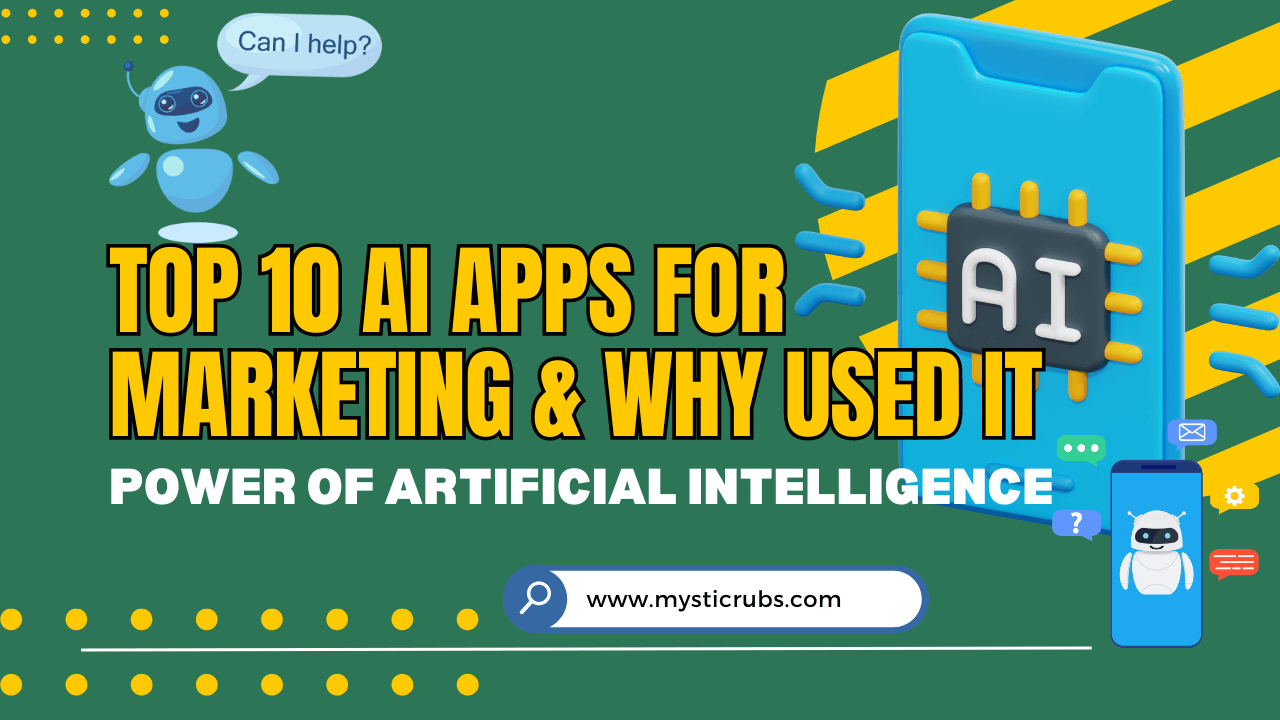
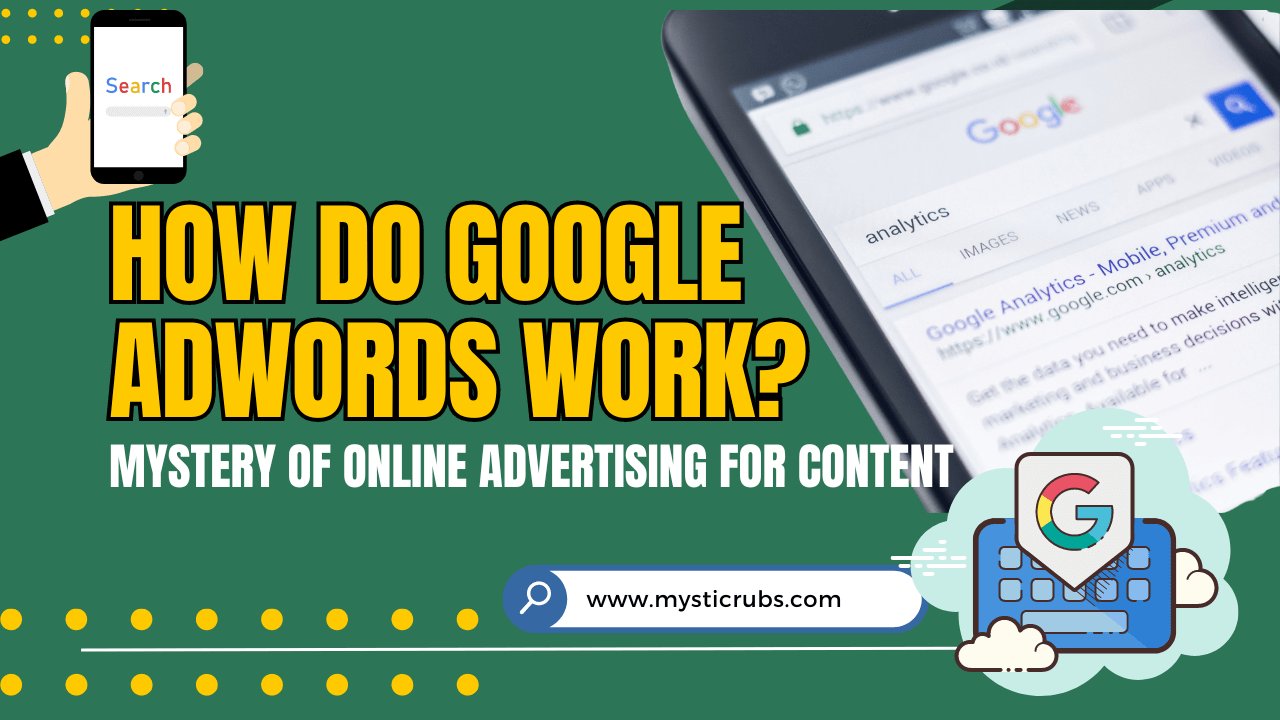
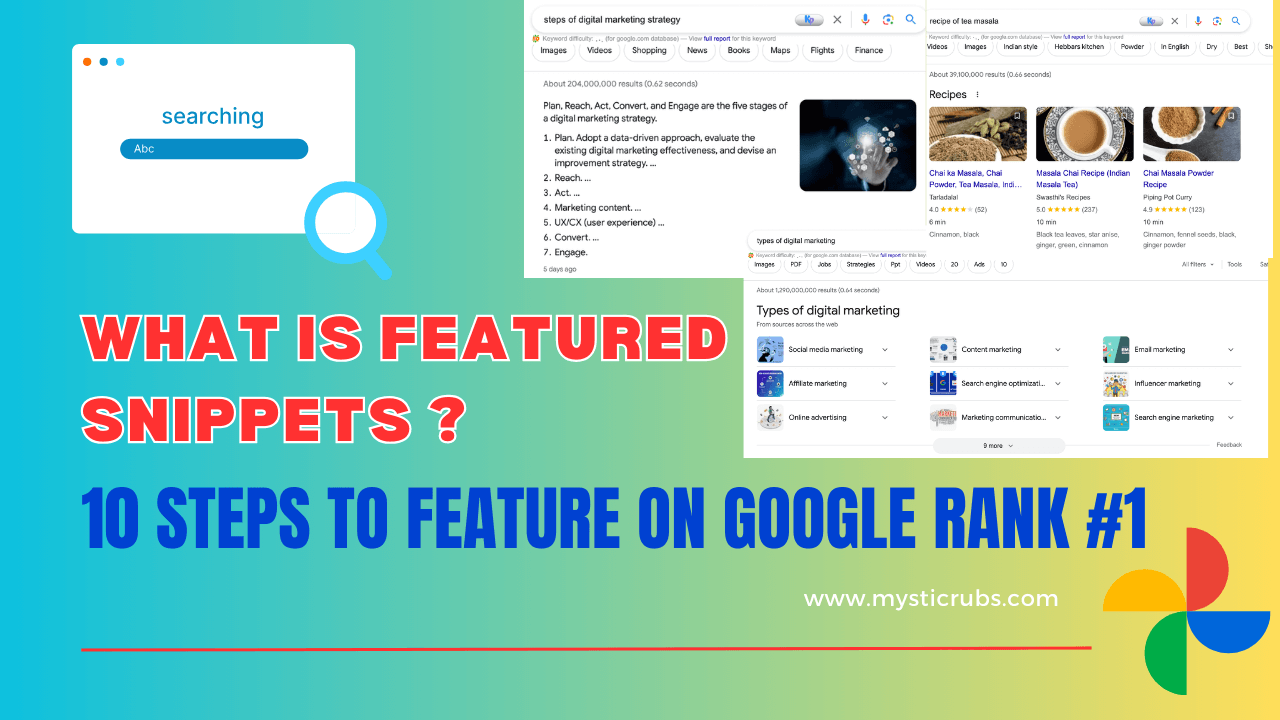
![[2025 Updated] Top 10 Digital Marketing Agencies in Nepal Ranked!](https://mysticrubs.com/wp-content/uploads/2022/05/top-10-digital-marketing-company-in-nepal.png)
